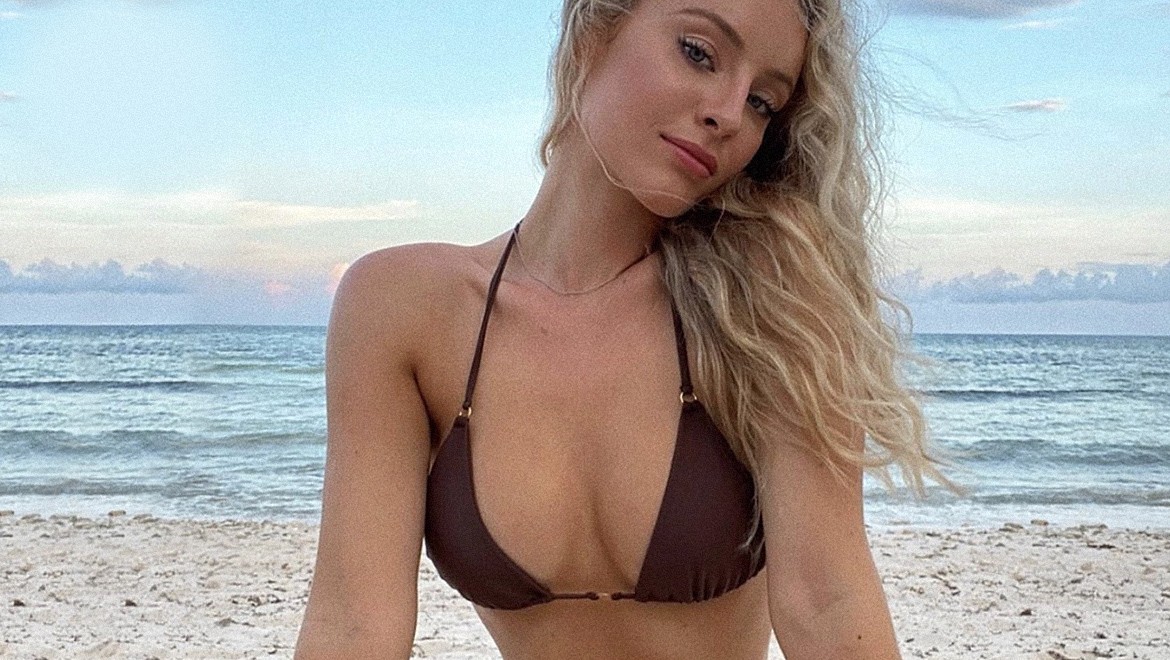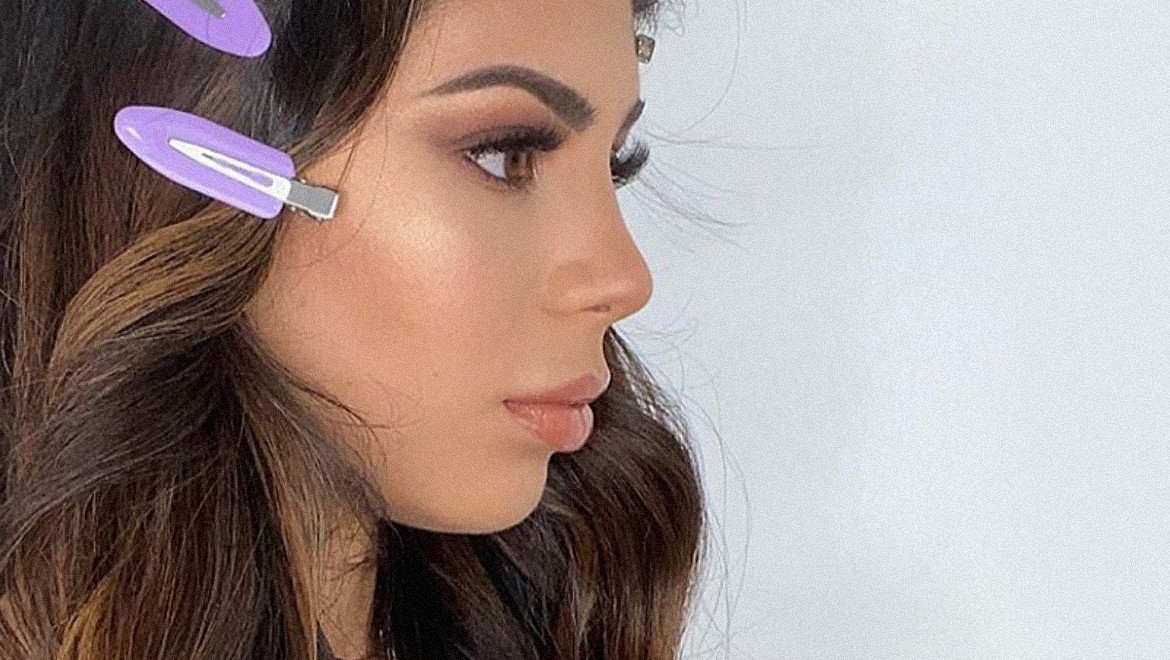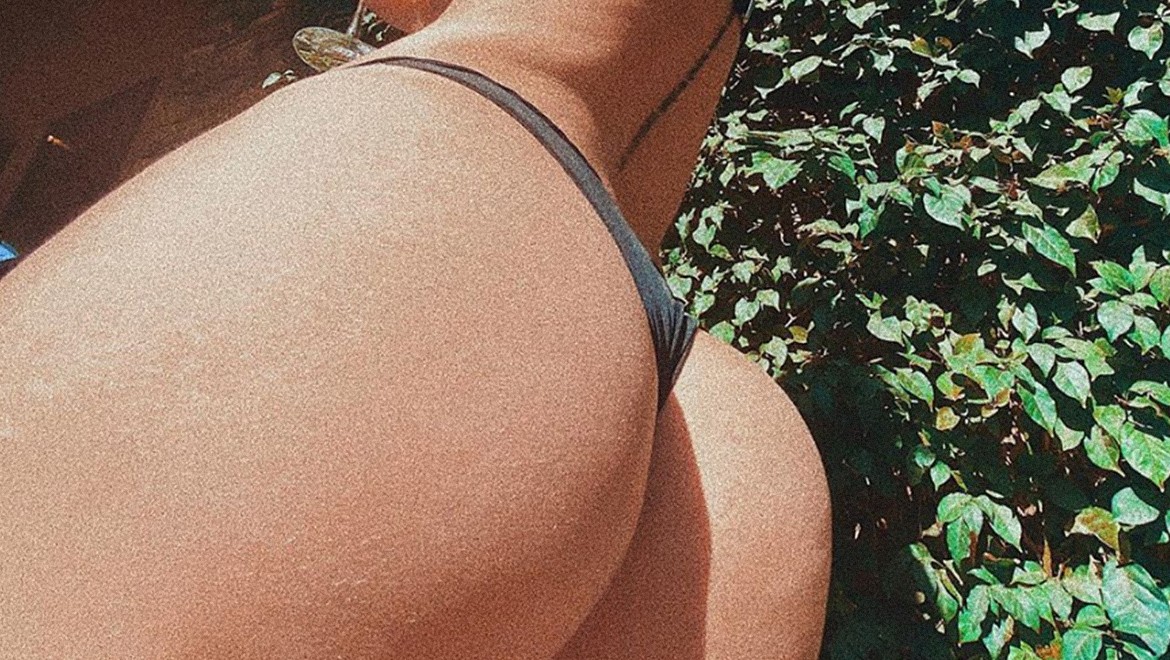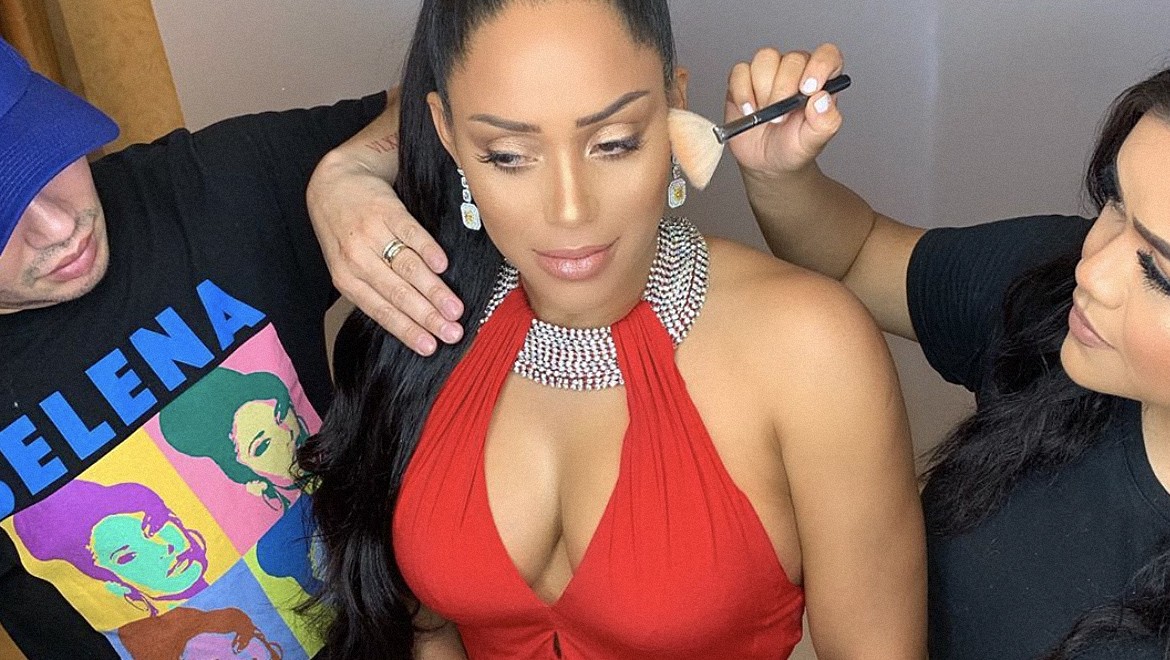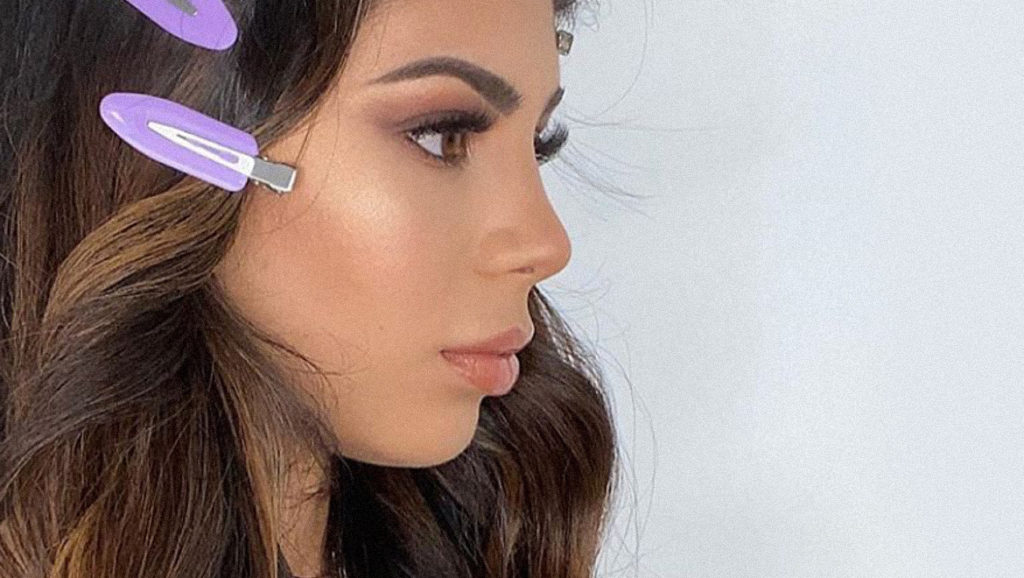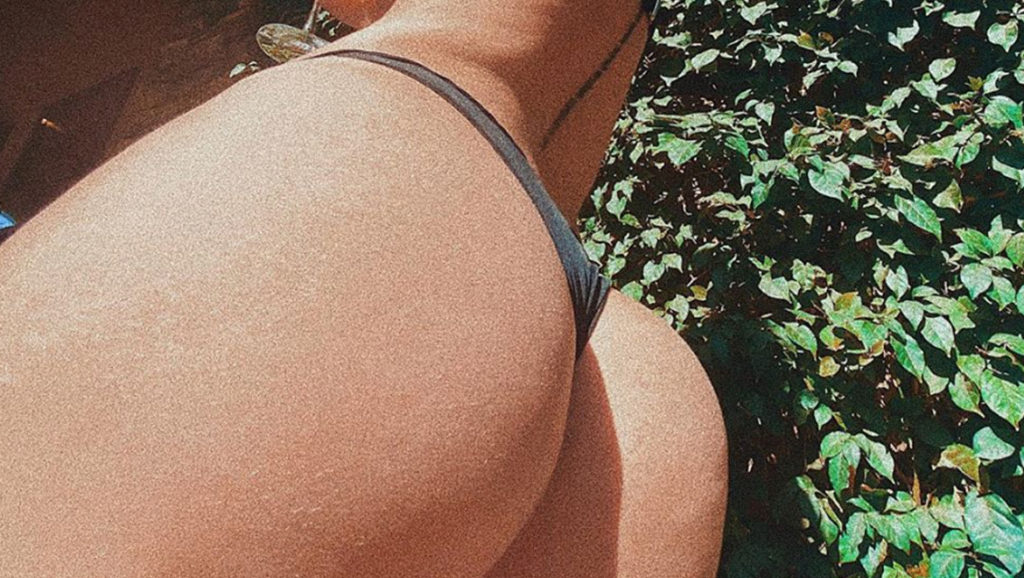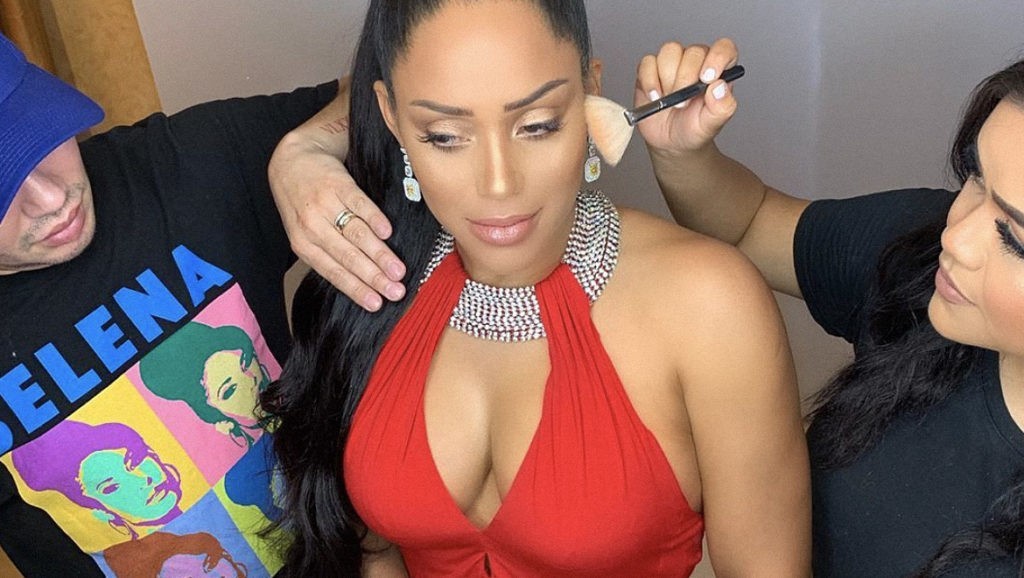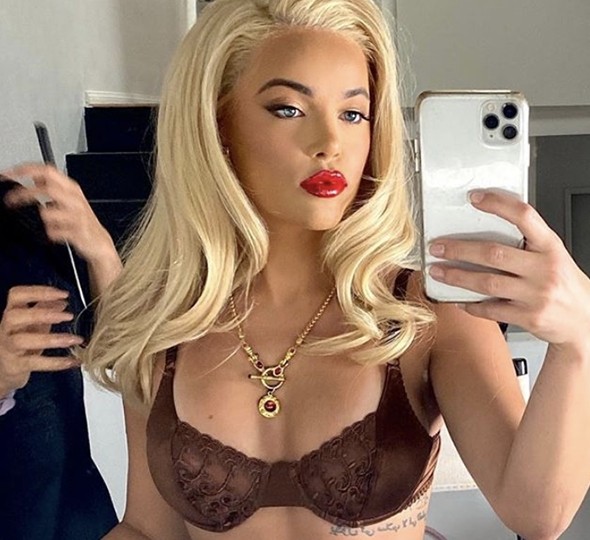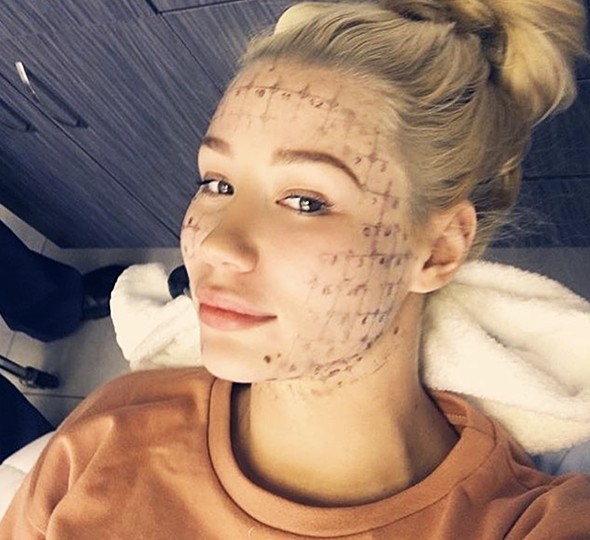Keep Them Guessing®
BROWLIFT BEVERLY HILLS
The Orbicularis Retaining Ligament of the Medial Orbit: Closing the Circle
Ashkan Ghavami, MD; Joel E. Pessa, MD; Jeffrey E. Janis, MD; Rohit K. Khosla, MD; Edward M. Reece, MD, MS; Rod J. Rohrich, MD
Background: While many anatomical studies have focused on defining the ligamentous attachments of the lower lid and cheek, ambiguity regarding analogous structures in the upper periorbita still exists. We hypothesize the presence of a well-defined retaining system in the upper periorbita that mirrors the orbicularis retaining ligament (ORL) of the lower lid. Understanding the exact topography of this ligamentous system has important clinical implications in periorbital rejuvenation.
Methods: Sixteen fresh hemi-facial cadavers were dissected to examine the topography of the ORL circumferentially, from the lateral canthus to the medial canthus. Methylene blue injection studies were used to confirm the continuity/impermeability of the ligament, and its relevant diffusion boundaries. Loupe magnification and microscopic assistance was used during all dissections. Results: A continuous ORL exists along the supraorbital rim that is confluent with the inferior retaining system to encircle the entire orbit. The fusion line between the ORL and the orbital septum in the superior orbit is indistinguishable from that of the inferior orbit. Significant contributions to the lateral canthus and lateral orbital thickening are also present. Laterally the ligament is longer and more lax while medially it is short and taut. Dye injection studies confirm its role as a true diffusion barrier for the orbit.
Conclusion: A truly circumferential ligamentous system is present in the upper periorbita that precisely mirrors the ORL of the inferior orbit. This circumferential periorbital ligament serves as a support structure for the orbicularis muscle in the upper and lower eyelids, while its impermeability provides a protective mechanism in preventing ocular complications. With the popularity of botulinum toxin and filler injection techniques, understanding the topography of this partitioning membrane may help prevent ocular complications. The length differential between the medial and lateral portions further contributes to our understanding of periorbital aging. Furthermore, this precise anatomical knowledge may benefit techniques such as: canthopexy, brow lifts, malar lifting, and other forms of periorbital rejuvenation.
There exist several possibilities for manipulation of the orbicularis retaining ligament for periorbital rejuvenation. Despite its potential significance, there is some controversy in the literature as to the actual dimensions of this structure, specifically, as to its medial limit in both the superior and inferior orbits.
The description of the orbicularis retaining ligament is an interesting story, with suggestions of its existence being present in the literature several decades ago. To be historically accurate, Hargiss1 offered the first description of fascia from the inferior rim traveling to cheek skin in 1963, later referred to as suborbicularis fascia by Putterman in 1973.2 It was Raul Loeb who was the first to anatomically document a “septum that separates the orbital area from the nasal and cheek areas” during his technique of orbital fat transposition published in 1981.3 Without referring to it as such, Loeb was very likely releasing the orbicularis retaining ligament to transpose fat beneath the orbit cheek crease.
Loeb ascribed a protective role to this membrane; he felt it prevented spread of nasal infection to the face and eyes. Pessa performed dye injection studies that supported this concept of a
protective role.4 Kikkawa et al. looked at this area from the perspective of possible superficial musculoaponeurotic system attachments to the orbit, and labeled this membrane the orbitomalar ligament in 1996.5
Muzaffar et al. are credited with applying the currently accepted nomenclature “orbicularis retaining ligament” to this structure in 2002, in keeping with its origin from bone and insertion to muscle.6 Their study, combined with the previous anatomical treatise by Moss et al.,7 added an enormous amount of information to the understanding of this anatomy. These studies were the first to show a membrane in the superior orbit, to define its contribution to the lateral canthus as a lateral orbital thickening, and to identify its exact architecture as a bilaminar structure, the last observation having eluded all previous investigators.
Despite these studies, some anatomical questions remain. One question is whether the orbicularis retaining ligament spans the entire circumference of the orbit as suggested by lower lid studies,4,5 or whether it only partially encircles the orbit as shown by other authors.6,7 The exact origin of the orbicularis retaining ligament along the orbital rim has not been mentioned, nor has its relationship to the orbital septum and arcus marginalis been clarified. The following fresh cadaver study was performed to address these questions.
MATERIAL AND METHODS
Sixteen fresh hemifacial cadaver dissections were performed in the anatomy laboratory. None of these specimens had sustained soft-tissue trauma or had previous facial surgery, with the
exception of lens implants. A preliminary dye injection test was performed to confirm the position of the orbicularis retaining ligament in the superior orbit, dye diffusion having been used in the inferior orbit in previous work.4 There were five male and three female cadavers in this study, with an age range from 19 to 91 years. Orbital dissection was performed by leaving a rim of pretarsal skin in the upper and lower eyelids to maintain the integrity of the lid margin.
Dissection proceeded from lateral to medial in both the upper and lower orbits. This sequence of dissection was used because it is easiest technically to identify the orbicularis retaining ligament at the lateral orbital rim. The orbicularis retaining ligament was identified in its suborbicularis location using the vertical spread technique. The ligament was traced medially along the orbital rims and identified at its insertion near the medial canthus. The relationship of the orbicularis retaining ligament to the orbital septum, arcus marginalis, corrugator muscles, and orbital rim was noted.
Gross anatomical dissection was performed with loupe magnification. Magnification of 3.5 to 5 was used for identification of the ligament.
The Zeiss operating microscope (Carl Zeiss, Oberkochen, Germany) was used for high-power dissection of the orbicularis retaining ligament along the orbital rim and to closely confirm its relationship to the orbital septum. Photographic documentation was achieved with the Canon digital 20D system (Canon, Tokyo, Japan) and a 50-mmmacro lens; images were scanned into Photoshop CS2 (Adobe Systems, Inc., San Jose, Calif.).
RESULTS
Sixteen facial halves were dissected assisted by loupe and microscopic magnification. The circumferential nature of the orbicularis retaining ligament was consistent in every specimen. The orbicularis retaining ligament was noted to be continuous from the medial orbit to the lateral orbit in both upper and lower eyelids (Fig. 1, above, left and below). The orbital septum can be seen to insert onto the inferiormost part of the orbital rim; the orbicularis retaining ligament inserts 2 to 3 mm above this point (Fig. 1, above, right).
The orbicularis retaining ligament was always noted to be distinct from the orbital septum (Fig. 2, left); the two merge onto the orbital rim at the thickening called the arcus marginalis. In the superior orbit, two membranes were occasionally noted, in accordance with the previously described bilaminar nature of the orbicularis retaining ligament.6
Dissections of the lateral half of the upper and lower orbits confirmed the previously noted insertion of the orbicularis retaining ligament into the lateral canthus. The lateral orbital thickening was noted to arise from the orbicularis retaining ligament and to be confluent with the superficial lateral canthal ligament, in accordance with findings described by Moss et al.7 Observations from our dissections indicated that the orbicularis retaining ligament was more lax and greater in length laterally (Fig. 2, right), whereas medially it was a more taut, shorter structure (Fig. 2, left). Therefore, medially it may function as a supportive “hammock” for the brow depressor muscles. Ancillary dye studies confirmed previous work that confirmed that the orbicularis retaining ligament displays relative impermeability.4
DISCUSSION
This study clarifies three points regarding the orbicularis retaining ligament: (1) the orbicularis retaining ligament is a circumferential, periorbital structure; (2) the orbicularis retaining ligament of the superior orbit has similar impermeability characteristics as has been shown in the inferior orbit; and (3) the orbicularis retaining ligament of the superior orbit arises 2 to 3 mm above the orbital rim in the mid orbit. These seemingly minor points have important ramifications for clinicians.
It may seem of academic interest only whether or not the orbicularis retaining ligament acts as a partitioning membrane. However, if botulinum toxin is injected directly at the lower edge of the infraorbital rim, the patient may develop elevator paralysis and eyelid ptosis (Fig. 3, left). If, in contrast, botulinum toxin is injected several millimeters above the inferior edge of the rim (above the origin of the orbicularis retaining ligament), levator dysfunction is much less likely (Fig. 3, right). In this scenario, the function of the orbicularis retaining ligament as a partitioning membrane becomes important to the practicing clinician, as does knowledge of the precise origin of this ligament in reference to the edge of the supraorbital rim. Figures 4 and 5 shows this anatomy in a schematic fashion.
As a retaining ligament, enough information exists to begin using the orbicularis retaining ligament in surgical techniques. Muzaffar et al. suggested release of the orbicularis retaining ligament and lateral orbital thickening for proper redraping of the orbicularis muscle during mid face lift. This idea, the concept that orbicularis muscle can be repositioned more effectively after release of the orbicularis retaining ligament, enables the technique of orbicularis retaining ligament release to be applied creatively in many other ways.
Canthopexy by release and resuspension of the orbicularis retaining ligament has been used by Hoxworth.8 This obviates the need to disrupt the lateral canthal tendon (Fig. 6). Once the orbicularis retaining ligament has been released from the inferior orbital rim, the overlying orbicularis muscle is essentially free: it can be placed under any amount of tension desired. In situations where canthal position is unaffected, such as ectropion or lamellar scarring, Hoxworth’s technique of orbicularis retaining ligament release and fixation without canthal disruption may provide an alternative method of securing the lower lid.8
The above technique can be performed simultaneously with fat transposition of the lower eyelid. The orbicularis retaining ligament can be simply transected to allow for intraorbital fat to fill the suborbital hollow (Fig. 7). Almost by definition, once the orbicularis retaining ligament is transected, the position of the orbital septum has to be reset, because the orbicularis retaining ligament is the inferior (caudal) anatomical boundary of lower eyelid fat (Fig. 7, left). Hamra described his approach using release of the arcus marginalis, which is a fusion plane along the orbital rim. Recently, Barton et al. have critically evaluated this technique, its indications, and its long-term results.10 Knowledge of orbicularis retaining ligament anatomymakes release and fat repositioning a relatively straightforward technique. In addition, the anatomy of the orbicularis retaining ligament is reflected onto the overlying soft tissue and can be visualized with knowledge of its anatomical detail and its boundaries (Fig. 7, right).
It may be that significant advances in brow lifting may arise by manipulation of the orbicularis retaining ligament. It may be that some of the splaying of the medial brows noted with conventional techniques may be ameliorated by leaving the medial orbicularis retaining ligament intact in this region. We observed the orbicularis retaining ligament to be short and taut medially, increasing its “retaining” effect on the medial brow and the corresponding muscles (orbicularis oculi and corrugator supercilii muscles) (Fig. 5). Laterally, the orbicularis retaining ligament is long and appears to be redundant beyond the temporal crest line, where there is a paucity of muscular support to the brow (Figs. 2, right and 5). These interesting anatomical variations between the superomedial and superolateral orbicularis retaining ligament in the upper orbit may explain why lateral hooding occurs readily with aging and medial hooding does not. Again, with knowledge of the anatomy, it is clear that any approach to the corrugators through the upper eyelid has to transect the orbicularis retaining ligament.
Release of the lateral orbicularis retaining ligament through an upper eyelid incision has been performed, and it can be effectively released and its position reset through a direct brow technique or with endoscopic brow techniques.8 Lateral orbicularis retaining ligament release may be important in brow lifting for two reasons: (1) it releases the attachment of the brow to the orbital rim and (2) it sets the stage for orbicularis retaining ligament fixation to accurately reposition the eyebrow. It may be that the longevity of endoscopic brow procedures can be improved by orbicularis retaining ligament release, as advocated by Hoxworth8 and as shown in ongoing clinical studies.
CONCLUSIONS
Several additional anatomical points are described relating to the orbicularis retaining ligament. These anatomical details become important when one considers surgical procedures in the periorbital region. As a functional barrier, knowledge of the precise anatomy is important when performing injection techniques. Understanding of the role this ligament plays as a retaining structure may lead to improved techniques in both eyelid and brow rejuvenating procedures.
REFERENCES
1. Hargiss, J. L. Surgical anatomy of the eyelids. Trans. Pac. Coast Otolaryngol. Ophthalmol. Soc. 44: 193, 1963.
2. Putterman, A. M. Baggy eyelids: A true hernia. Ann. Ophthalmol. 5: 1029, 1973.
3. Loeb, R. Fat pad sliding and fat grafting for leveling lid depressions. Clin. Plast. Surg. 8: 757, 1981.
4. Pessa, J. E. The malar septum, the anatomical basis of malar mounds. Presented at the American Society for Aesthetic Plastic Surgery meeting, Dallas, Texas, April 1994.
5. Kikkawa, D. O., Lemke, B. N., and Dortzbach, R. K. Relations of the superficial musculoaponeurotic system and characterization of the orbitomalar ligament. Ophthal. Plast. Reconstr.
Surg. 12: 77, 1996.
6. Muzaffar, A. R., Mendelson, B. C., and Adams, W. P. Surgical anatomy of the ligamentous attachments of the lower lid and lateral canthus. Plast. Reconstr. Surg. 110: 873, 2002.
7. Moss, C. J., Mendelson, B. C., and Taylor, G. I. Surgical anatomy of the ligamentous attachments in the temple and periorbital regions. Plast. Reconstr. Surg. 105: 1475, 2000.
8. Hoxworth, R. E. Lower lid suspension by orbicularis retaining ligament release and fixation with preservation of the lateral canthal ligament. Personal communication, 2006.
9. Hamra, S. T. Arcus marginalis release and orbital fat preservation in midface rejuvenation. Plast. Reconstr. Surg. 96: 354, 1995.
10. Barton, F. E., Jr., Ha, R., and Awada, M. Fat extrusion and septal reset in patients with the tear trough triad: A critical appraisal. Plast. Reconstr. Surg. 113: 2115, 2004.


